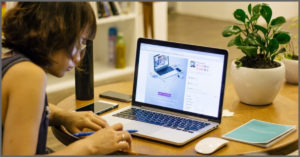TBI Blogs: Making Science Accessible to India’s Visually Impaired Students, One Innovation at a Time
Extending the boundaries of science beyond traditional modes of teaching that rely heavily on sight will go a long way to ensuring the dream of inclusive education is realized meaningfully. Anoushka Mathews explores further.
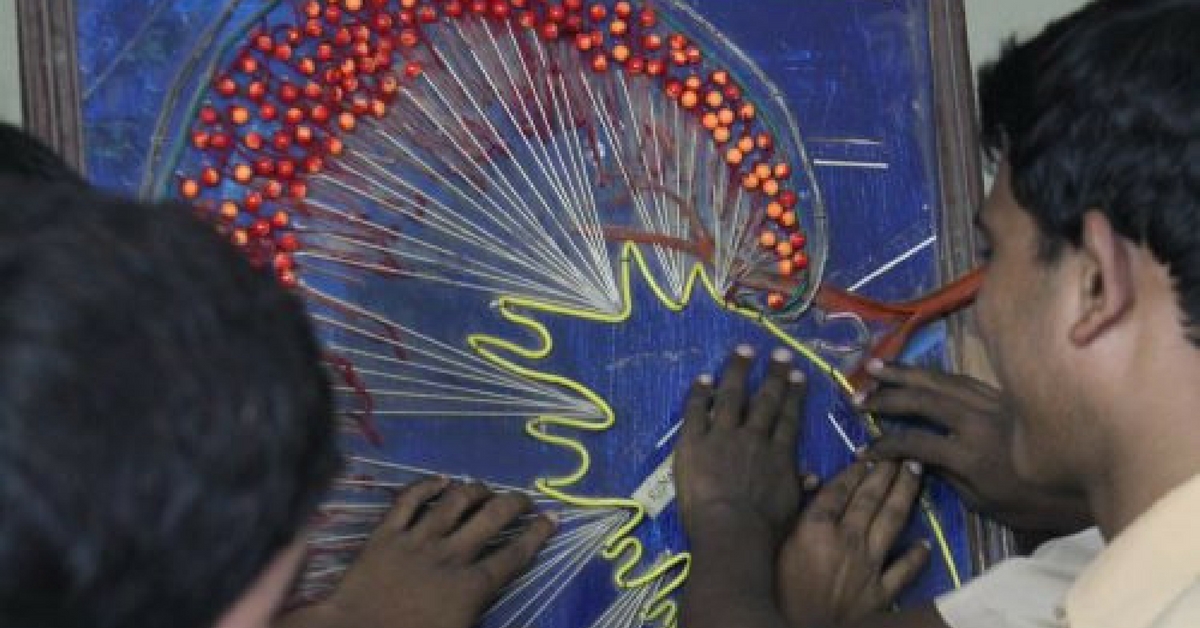
Fourteen-year-old Kartik Sawhney dreamt of pursuing an education in the sciences. He worked harder than his peers and spent extra hours on his lessons. His natural aptitude for science was matched by his dedication for perfection.
After completing his Class X, he was denied a seat in the science stream. A childhood dream shattered, Kartik was dejected and disillusioned. However, he did not give up hope and continued to fight the system. NGOs came forward to support him, and campaigns were launched to his cause. It was challenging indeed to convince the authorities that a blind student who feels inclined towards science should be encouraged and supported rather than steered towards disciplines like the arts. With little basis for depriving him of a science education, CBSE finally had to concede.
A wise decision, considering Kartik went on to score 95 % in his board exams.
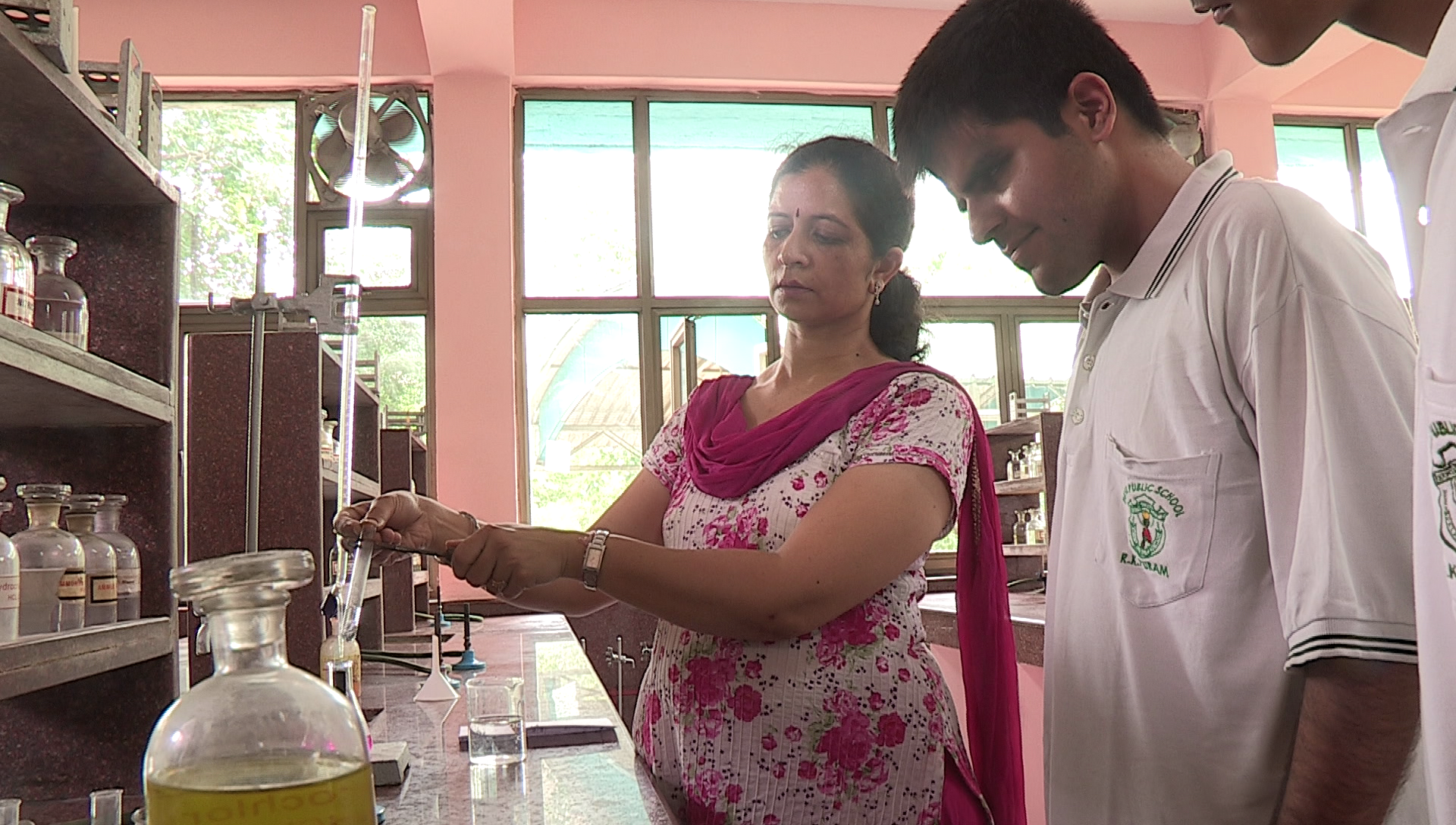
One would imagine this to be the happy ending to Kartik’s story. Unfortunately not! Pursuing his passion for science was going to be a harder task than he could have imagined (as if the subject wasn’t hard enough).
It was impossible to apply to premiere engineering institutions in the country owing to the inaccessible test formats of the entrance exams, compounded by the unwillingness of the authorities to take accommodative measures to ensure accessibility. Having been denied permission to appear in the IIT-JEE competitive examination for three consecutive years, Kartik began applying to Universities abroad. In March 2013, he was the recipient of a fully-funded scholarship to pursue a five-year engineering programme in Stanford University.
Blind students across the country are either implicitly or explicitly discouraged from studying higher levels of science. The paucity of role models and mentors from the sciences also tends to discourage blind students from continuing in the field. They have to constantly battle exclusionary attitudes that undermine their potential.
Most authorities delude themselves into believing that concessions and exemptions that discourage blind students from studying science are in the best interest of the student. Science is placed on a pedestal and conveniently kept out of reach of those without sight. In the process what is forgotten is that science is not just a means to obtain degrees and lucrative, well-paying careers.
It is also a conversation with the universe and all that it contains.

Science is a tool that allows students to comprehend, explain and make sense of their surroundings. Additionally, it helps create well-rounded students who are capable of logical thinking and scientific reasoning. For students who are blind, who do not have a stream of visual information that they can rely on to make observations and inferences about the world, science offers the scope of bringing the universe within reach. The other senses need to be invoked and evoked in order for the study of science to become meaningful to those who are visually impaired or blind.
“A combination of fear, doubt, lack of knowledge, lack of teacher training skills, and resources have held STEM (Science Technology Engineering and Maths) education for blind and low-vision students the world over, and similarly in India, hostage. They have combined to give the false verdict, ‘It is not possible!’ These views, over time, have become institutionalized as part of education systems. This, in turn, has had significant impact on lives and career choices of blind and low-vision persons. When a trend or an experience becomes part of collective social consciousness for a long time, imaginations assume the power of truths, relegating fact to the realm of fiction. It is critical to the success of blind students that educators help dispel misconceptions among sighted students as to what blind people are capable of.”
Excerpt from Xavier’s Resource Center for the Visually Challenged (XRCVC) Report, Sam Taraporewala, 2013.
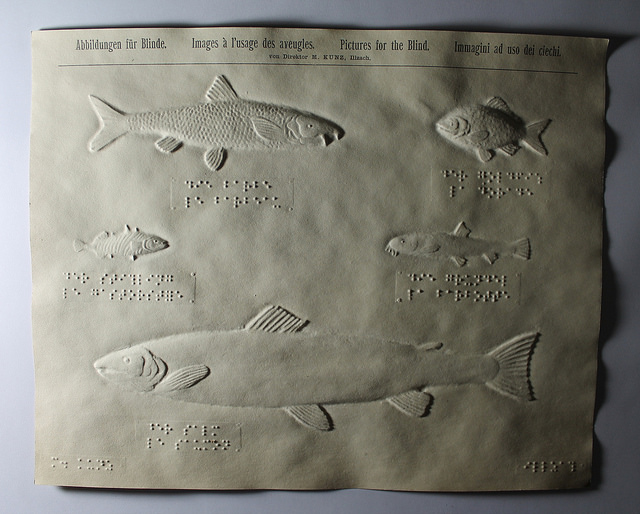
One of the primary reasons for exclusion of blind students from the sciences is their inability to perform practicals. In the case of blind students, the practical component of science proves to be rather impractical.
Labs do not have technology that enables access, or devices that convert visual material into audio or tactile formats. The teachers and laboratory assistants also have little inclination to extend their imagination beyond the existing practices that prove tedious even for sighted students. Instead, authorities should focus their attention on evolving science assessment beyond standard practical formats. This will allow for inclusive lab spaces where students can use different modes of access to study concepts and conduct experiments.
Retrofitting lessons might not always be the best way out. For blind students to be able to compete with their sighted counterparts on an equal footing, teachers need to extend the boundaries of their syllabus and classroom beyond heavily sight-dependent methods. They must be diligent about providing students study materials in accessible formats such as Braille, large print, digital, tactile, or audio.
Schools need to invest in assistive technology and teacher training, and encourage teachers to infuse creative ways of making material accessible to blind students.
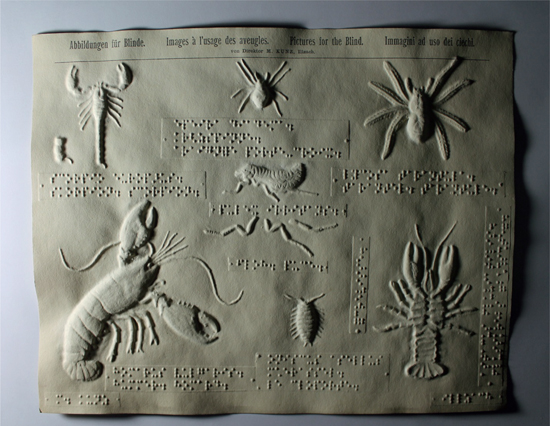
What schools require is fresh and non-visual thinking. They need to incorporate experiential and immersive learning—with planned visits to the field, museum, factories, etc.—into the curriculum. Adapting lessons for blind students also gives sighted students the opportunity to learn beyond sight. Current trends in pedagogy encourage practices that are student-centric. Teachers can no longer expect students to constantly adjust to classrooms. They too will have to make concerted efforts to understand and integrate the child’s needs and modes of learning.
Around the globe, there is a growing awareness about the need to make science accessible to the visually impaired and blind. There is an attempt to shift away from purely visual ways of learning and studying science.
The internet is a treasure trove of resources on alternate modes of approaching visual content and curriculum. There are plenty of software available that perform a range of tasks that make almost any kind of content accessible to those who are blind. Teachers across the world are beginning to see value in adopting imaginative and inclusive methods of teaching science that deviate from traditional models.
In India too, we can find this change in pockets, with Devnar school in Hyderabad pioneering innovative pedagogic practices for teaching science to visually impaired and blind students.
We must recognise teaching practices that envisage accessible science lessons and educational boards must adopt these and disseminate them to schools lacking in imagination.
XRCVC too has taken initiatives to compensate for the lack of training that exists among teachers and educators. They offer training courses aimed at building skilled human resources in the area of STEM education for blind students, apart from hosting a teaching resource library.
Additionally, the Sarva Shiksha Abhiyaan attempts to uphold the Right to Education Act. It promises to supply accessible textbooks and teaching-learning resources to blind and low-vision students enrolled in schools. This could prove to be excessively cost-heavy, with foreseeable administrative bottlenecks preventing effective implementation.
The Right of Persons with Disabilities Act, 2016 guarantees blind persons reservations in educational institutions as well as work places. Institutions need to gear themselves to not only admit, but also adapt to the varying needs of diverse student bodies.
Institutions must stimulate intellectual growth among all students equally. Education has the power to empower. It has the ability to create level playing fields for all kinds of students. Students must not have to rely on their personal initiatives and support from civil society in order to pursue science.
Having to wage a daily war against inaccessible formats and inflexible thinking robs students of time, energy, and confidence. It tends to convert small life choices into dramatic life moments. However, teachers and students must face these challenges head-on. Much like science, trial and error will surely give results in time.
Help Eyeway reach out to more disabled people across the country and create greater impact by donating here.
Like this story? Or have something to share? Write to us: [email protected], or connect with us on Facebook and Twitter.
NEW: Click here to get positive news on WhatsApp!
This story made me
-
97
-
121
-
89
-
167
Tell Us More
We bring stories straight from the heart of India, to inspire millions and create a wave of impact. Our positive movement is growing bigger everyday, and we would love for you to join it.
Please contribute whatever you can, every little penny helps our team in bringing you more stories that support dreams and spread hope.









